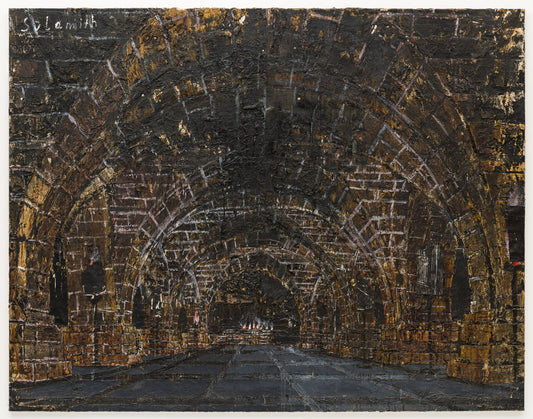

Henri Matisse repeatedly returned to the window motif to explore space, color, interior life, and vision, using it as a structural and philosophical device.

A study of Piero della Francesca’s Flagellation of Christ that examines its geometry, dual narrative structure, and the lasting mystery of its figures.

A study of feasts in art history that reveals how artists used meals to explore ritual, devotion, pleasure, and the shared beauty of gathering around a table.

Gustav Klimt’s portraits shaped a new vision of elegance, individuality, and color within the vibrant cultural and historical context of Vienna.

A study of Sir Lawrence Alma Tadema and his paintings of ancient life, shaped by archaeology, refined technique, and precise historical detail.

Every master began somewhere. Discover the early, unrecognizable works of artists who later revolutionized the course of art history.

From Abildgaard to Dalí, artists have long painted the haunting visions between sleep and reality, turning nightmares into extraordinary art.

From divine touch to tender emotion, Renaissance and Romantic artists used hands to express grace, intimacy, and the essence of the human soul.

Five remarkable women who shaped art history yet remain lesser-known, from Neoclassical pioneers to founders of modern abstraction.

Explore the essential paintings by John William Waterhouse that define his romantic vision, mythic subjects, and timeless sense of beauty.